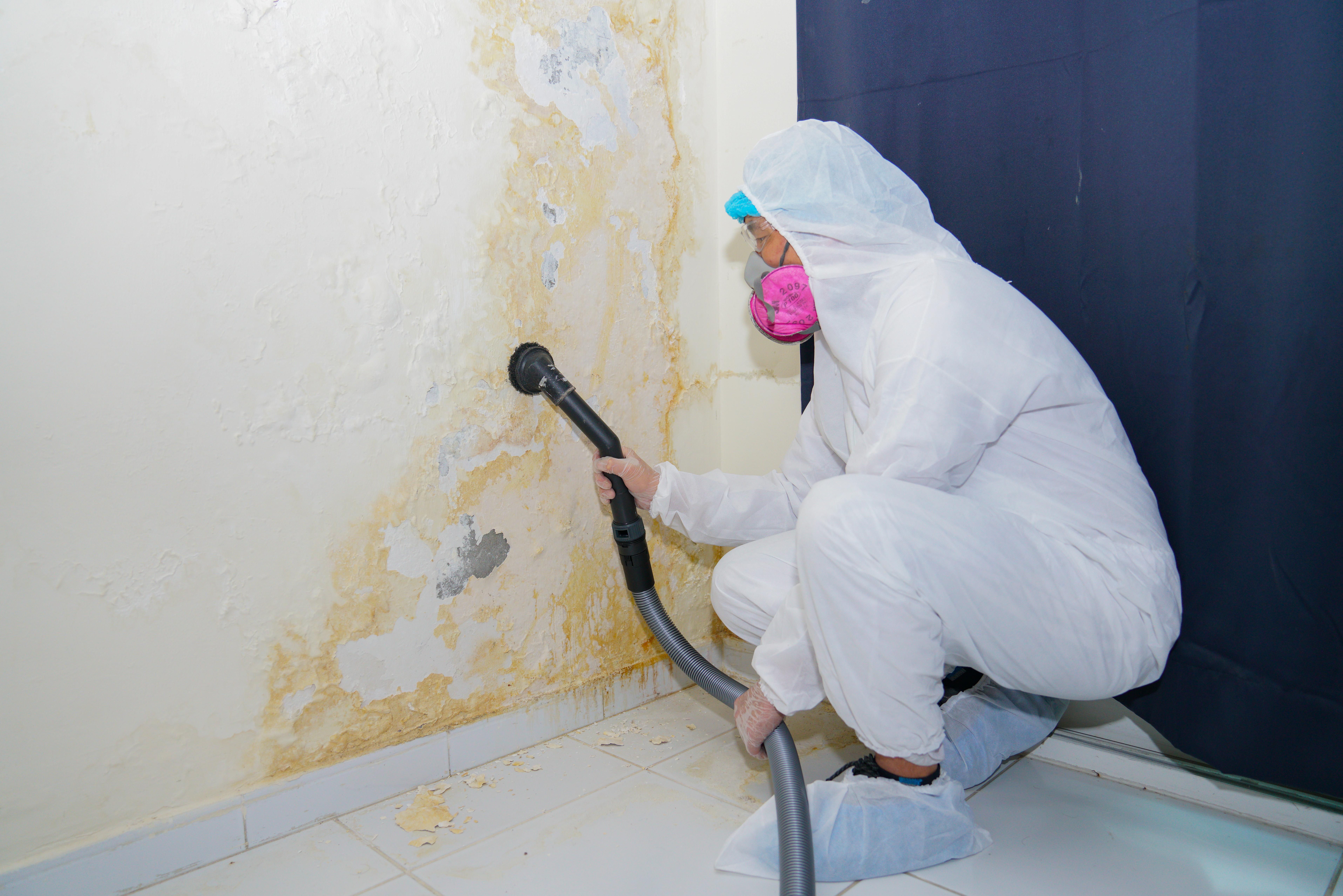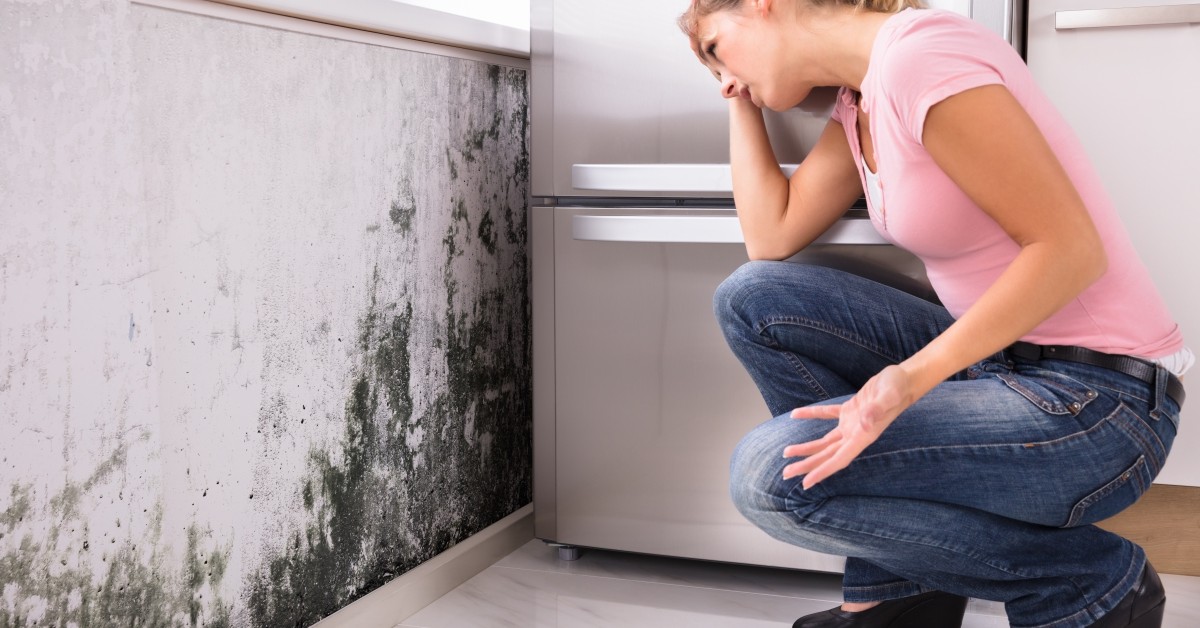Trick Steps for Effective Article Mold Removal
Efficiently completing mold removal is a diverse process that needs interest to information and adherence to details methods. These actions not only validate the success of the removal initiatives however additionally add to stopping future mold growth.
Assessment of Treated Locations
Upon completion of the mold remediation procedure, a thorough evaluation of the treated areas is necessary to ensure the effectiveness of the remediation efforts. This assessment functions as a crucial action in the post-remediation phase to verify that the mold and mildew removal and clean-up procedures achieved success in getting rid of the mold invasion and restoring a safe indoor environment. The inspection ought to be conducted by qualified experts that have the competence to examine the remediated areas carefully.
During the inspection, different elements are assessed to identify the success of the remediation process. These consist of visual analyses to examine for any kind of indications of mold development or water damage, dampness degrees to verify that the area is totally free and dry of excess moisture that can promote mold and mildew re-growth, and air high quality screening to make certain that the interior air is risk-free to take a breath. In addition, the evaluation may include making use of specialized devices such as dampness meters and thermal imaging cameras to find covert mold or dampness pockets that could lead to future mold and mildew issues if left uncontrolled. In general, a detailed evaluation of the treated locations is crucial to confirm the efficiency of the mold and mildew remediation initiatives and supply satisfaction to the passengers of the residential property.

Wetness Control Measures
Effective dampness control actions are essential for avoiding mold development and preserving a healthy and balanced interior atmosphere. Additionally, making use of dehumidifiers in damp areas can assist decrease humidity degrees, making it harder for mold to prosper.
Regularly maintaining the structure and inspecting's exterior can also avoid wetness invasion. After mold remediation. Making certain that seamless gutters are clear, downspouts direct water away from the foundation, and the roof remains in great condition can assist protect against water from seeping into the building. Appropriately securing doors and home windows can likewise aid keep moisture out
In cases where water damage takes place, prompt activity is needed. Any type of leaks or spills ought to be cleansed and dried out within 24-48 hours to stop mold growth. Using dampness meters can help discover surprise sources of water and make sure detailed drying. By implementing these wetness control actions, the risk of mold and mildew returning can be considerably minimized, producing a healthier indoor environment.
Proper Ventilation Evaluation
An indispensable facet of ensuring a healthy interior environment article mold and mildew removal is performing a detailed analysis of the air flow system. Post Mold remediation cleaning. Correct ventilation analysis plays a critical role in stopping future mold and mildew growth and maintaining air top quality within the damaged area. During the analysis, specialists review the performance of the ventilation system, inspecting for any blockages, leakages, or malfunctions that can prevent proper air flow. It is necessary to ensure that the air flow system is adequately sized for the room it serves and that it satisfies sector criteria for air currency exchange rate.
In addition, analyzing the air flow system includes examining the distribution of air throughout the area to recognize get redirected here any locations of inadequate blood circulation where dampness and contaminants might build up. Correct air flow not only aids in controlling moisture degrees but also help in getting rid of airborne mold and mildew spores and various other pollutants, therefore improving go total interior air top quality. By resolving any kind of air flow concerns upload mold removal, property owners can develop a healthier and more comfortable setting for occupants while decreasing the threat of mold re-infestation.
Cleaning and Disinfection Protocols
To make certain thorough mold and mildew removal, thorough adherence to specific cleansing and disinfection methods is important. Cleaning and sanitation methods play a vital role in the post-mold removal phase to protect against the reoccurrence of mold and mildew growth and guarantee a healthy and balanced and safe setting.
Additionally, applying preventive procedures such as using mold preventions and preserving appropriate ventilation can aid minimize the danger of future mold and mildew invasions. By following strict cleansing and disinfection protocols, home owners can make sure the successful removal of mold and mildew and develop a healthy indoor setting for residents.
Monitoring and Upkeep Plan
Applying a routine monitoring and upkeep strategy is crucial for guaranteeing the long-term efficiency of mold removal efforts. Once mold remediation is finished, it is essential to establish a surveillance routine to examine the success of the remediation procedure. This entails regularly examining the previously affected areas for any indicators of mold recurrence or water damage. By performing routine checks, any type of new mold growth can be promptly recognized and attended to, preventing a reoccurrence of the initial issue.
Additionally, developing a maintenance strategy is vital to stop future mold and mildew concerns. This plan may include actions such as fixing plumbing leakages, improving ventilation, and controlling indoor moisture levels. Regular upkeep not just aids in avoiding mold yet additionally adds to keeping a healthy and balanced interior setting. It is advisable to document all tracking and upkeep activities to track development and ensure uniformity in the maintenance of the remediated locations. By implementing a thorough tracking and maintenance plan, the threat of mold re-emergence can be considerably lowered, promoting a tidy and secure living or working environment.
Final Thought
To conclude, successful blog post mold and mildew removal includes extensive assessment of Visit Website treated areas, implementation of dampness control procedures, analysis of appropriate air flow, adherence to cleansing and disinfection procedures, and facility of a tracking and upkeep strategy. These essential actions are essential to make sure that mold and mildew growth is efficiently removed and protected against from repeating in the future. By adhering to these guidelines, homeowner can keep a healthy and balanced and safe atmosphere for passengers.
Upon conclusion of the mold and mildew remediation process, a comprehensive assessment of the treated locations is critical to guarantee the effectiveness of the removal initiatives. These include aesthetic assessments to check for any type of indicators of mold growth or water damage, wetness levels to confirm that the location is dry and complimentary of excess moisture that could promote mold and mildew re-growth, and air quality testing to make certain that the interior air is risk-free to breathe. In addition, the inspection may involve utilizing specialized tools such as dampness meters and thermal imaging cams to find surprise mold or moisture pockets that could lead to future mold issues if left uncontrolled. By resolving any type of ventilation issues upload mold and mildew removal, residential property owners can produce a much healthier and extra comfortable atmosphere for residents while minimizing the threat of mold and mildew re-infestation.
